Supreme Court Ruling Removes Time Limit for Copyright Infringement Damages: A Deep Dive into the Landmark Decision
The recent Supreme Court decision in Warner Chappell Music, Inc. v. Nealy has significantly altered the landscape of copyright infringement litigation by ruling that there is no time limit on the recovery of monetary damages for claims filed under the "discovery rule." This landmark decision, delivered on May 9, 2024, clarifies that plaintiffs with timely claims can seek damages regardless of when the infringement occurred, thereby resolving a long-standing circuit court split and potentially reshaping how copyright disputes are handled.
Understanding the Discovery Rule
To appreciate the impact of this ruling, it's crucial to understand the discovery rule in the context of copyright law. The Copyright Act mandates that infringement claims be filed within three years of their accrual. There are two primary interpretations of when a claim accrues: the "incident of injury" rule, where a claim accrues when the infringing act occurs, and the discovery rule, where a claim accrues when the plaintiff knew or should have known about the infringement. The Supreme Court's decision affirms that under the discovery rule, there is no statutory limit on the period for which damages can be claimed, provided the lawsuit is filed within three years of discovering the infringement.
The Case of Warner Chappell Music, Inc. v. Nealy
The case centers on Sherman Nealy, who, along with Tony Butler, formed Music Specialist, Inc. in the 1980s. Nealy and Butler copyrighted several musical recordings, but while Nealy was incarcerated between 1989 and 2016, Butler licensed these works to Warner Chappell Music, Inc. without Nealy's permission. One of these works was later incorporated into Flo Rida's hit song "In the Ayer." Nealy, unaware of these actions until after his release from prison, filed a copyright infringement lawsuit in 2018.
Legal Arguments and the Court's Decision
Nealy argued for damages under the discovery rule, asserting he had no knowledge of the infringement until much later. The defendants countered, citing the Supreme Court's 2014 Petrella v. Metro-Goldwyn-Mayer, Inc. decision, which they interpreted as barring relief for actions occurring more than three years before filing the lawsuit. However, the Court clarified that Petrella does not impose a three-year cap on damages under the discovery rule.
The Supreme Court's 6-3 decision supports the Eleventh Circuit's stance, allowing recovery for the entire period of infringement, regardless of when it began, as long as the claim is timely under the discovery rule. The dissenting justices, however, criticized the discovery rule's application, arguing it should only apply in cases of fraud or concealment.
Implications for the Industry
The decision is poised to have significant implications across various industries, particularly in entertainment. The ability to claim damages for infringement discovered after many years could lead to an increase in litigation and potential financial exposure for defendants. Critics, including the US Chamber of Commerce and the Electronic Frontier Foundation, argue that this could encourage "copyright trolling" and negatively impact businesses. Conversely, supporters like the American Intellectual Property Law Association believe the ruling protects individual artists and small businesses who might otherwise be disadvantaged by continuous monitoring requirements.
The Recording Industry Association of America, while generally supportive of the defendants, acknowledges that advancements in technology necessitate provisions for cases where infringement is concealed or undetectable within three years.
Looking Ahead
The Supreme Court's decision marks a pivotal moment in copyright law, removing the temporal limitations on damages for claims filed under the discovery rule. While the ruling aligns with the Eleventh Circuit's interpretation, it leaves open the possibility that the discovery rule itself may be re-evaluated in future cases. For now, plaintiffs with timely claims under the discovery rule can pursue extensive damages, significantly impacting copyright litigation strategies and outcomes.
This decision underscores the evolving nature of intellectual property law and highlights the importance of staying informed about legal developments that can profoundly affect rights and liabilities in the creative and business communities.
